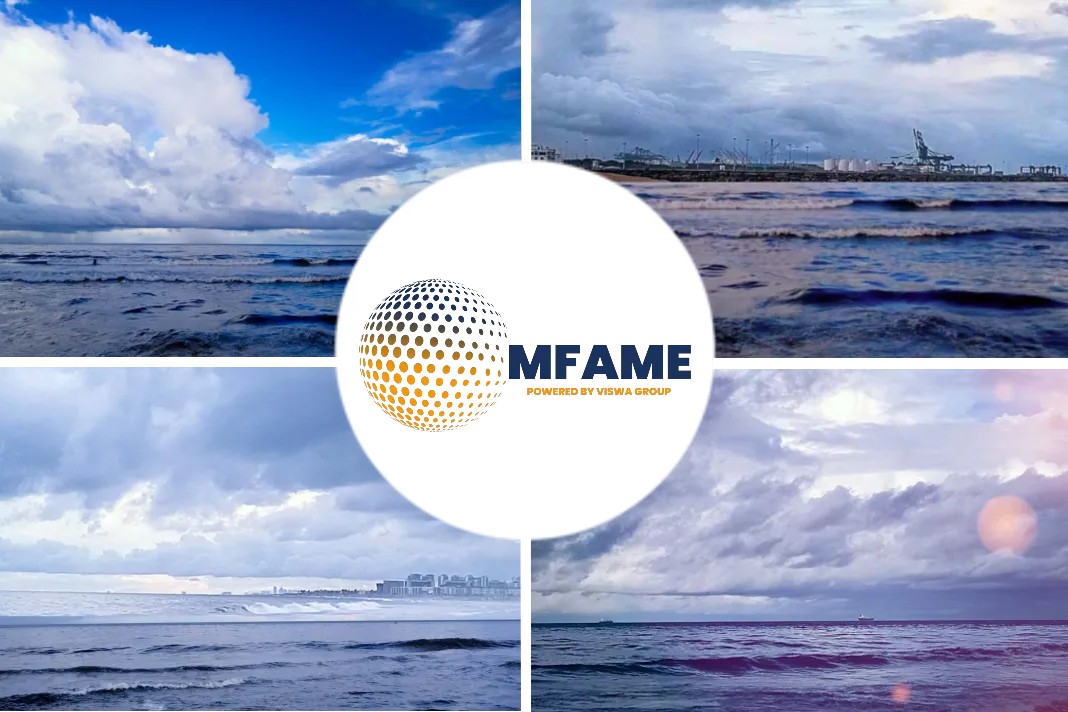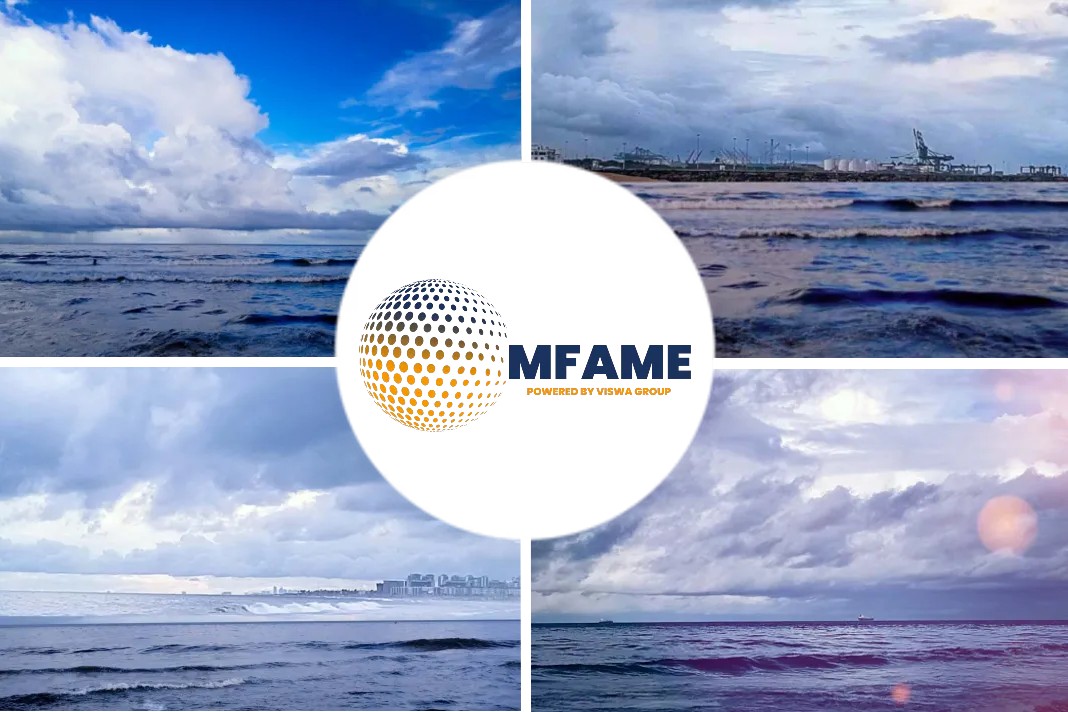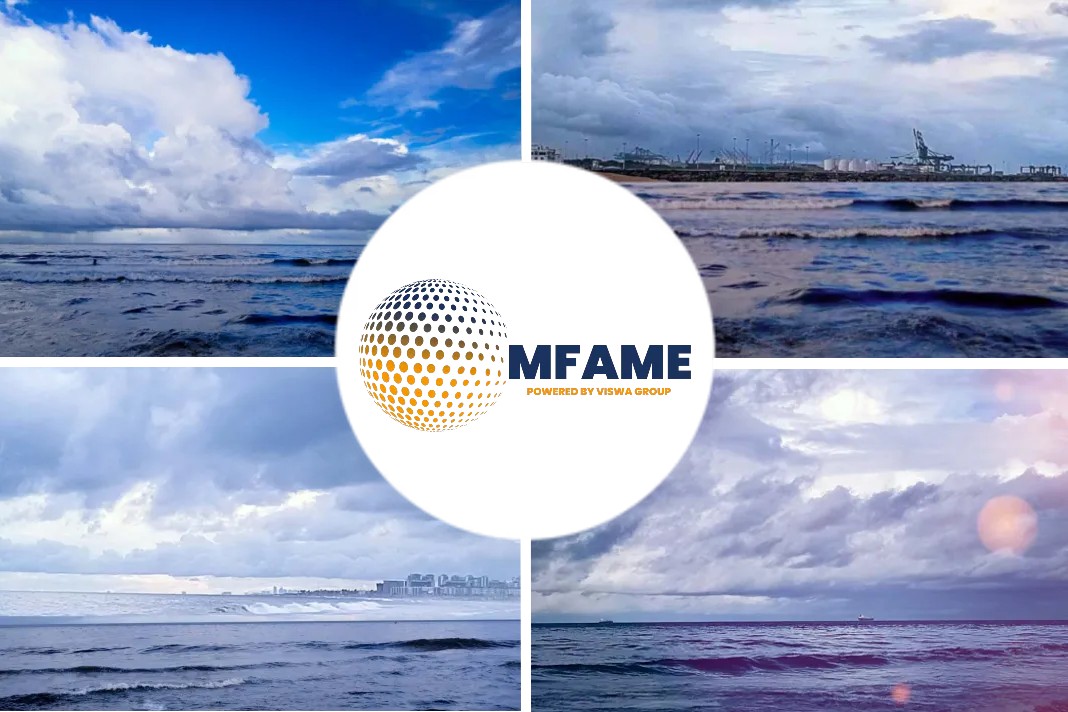TodayOnline has published an article on visitor’s remarks while flying into Singapore’s Changi Airport. It is all about the hundreds of vessels, from supertankers to freighters, anchored along the coastline.
Why are there so many? What are they doing there? Here’s an excerpt from it.
What happened a decade ago?
A decade ago, the global recession created a maritime car park of apparent ghost ships in the Singapore Strait.
Vessels sat idle in the world’s busiest shipping lane as companies were did not have enough business to justify their use.
Is the reason same for the scenario getting repeated?
Now there’s a similar stockpiling of ships in the strait, but it’s more like a traffic jam. A growing global population that is getting materially richer means a burgeoning demand for goods.
Acting as the link between the biggest consumer markets in Europe and the Americas and China, the world’s largest exporter, the strait is one of global trade’s most important stretches of water.
Nearly 100,000 ships pass through the 105km-long waterway each year, accounting for about one-quarter of the world’s traded goods. Singapore’s Ministry of Defence predicts shipping volumes to increase 29 per cent by 2025.
“It’s not like years before where there were dozens of ships there because there was no work.”
Cheap to anchor than dock
Major ports across Asia are at breaking point and it’s often cheaper for shipping companies to anchor in the strait than dock in a berth. This creates long lines of boats waiting around for anything from a few days to months at a time.
“A vast amount of world trade is coming through there, all the oil from the Middle East, all the iron ore into China, coal from Indonesia to India, it’s an incredibly busy shipping channel. In terms of tonnage, [the] Singapore Strait is still the busiest in the world,” said Mr Tim Huxley, CEO of Mandarin Shipping in Hong Kong and one of Asia’s top ship brokers.
Singapore the comfortable zone
“There’s been about a 10 per cent increase in shipping (in the) last year, so there’s more cargo being carried. They go there (Singapore) after offloading in China — Singapore is a convenient place to wait until they’re told: ‘Right go to Australia or go to Brazil.’ It’s like a staging post where they do repairs, refuel, then sail off.”
Container ships on fixed rotation might only be asked to stop for a couple of days “to get back into sequence, a bit like aviation,” he said. “But for bulk carriers and tankers, it’s a lot more volatile, as to where the ships go to, where they load and how fast they go.”
One of the efficient shipping passages
The Singapore Strait works more efficiently than other well known shipping passages — such as the Suez and Panama canals, which act as gateways to other continents.
“As long as the ships are moving, there’s no bottleneck, you don’t see queues here like in the Suez or Panama,” said Mr Jason Chiang, director of Ocean Shipping Consultants.
Accidents and Collisions
“If it was a road, it’d be 18 lanes in one direction, so it’s about keeping on the move, if you don’t move, then move over to the parking lane,” he added.
But not everyone follows the rules. Last year there were around 75 accidents or collisions. So far in 2019, one Dominican-registered supply boat has sunk, a cable-laying ship capsized after colliding with a tanker and a Greek-registered bulk carrier hit a stationary Malaysian vessel.
Did you subscribe for our daily newsletter?
It’s Free! Click here to Subscribe!
Source: Todayonline





















